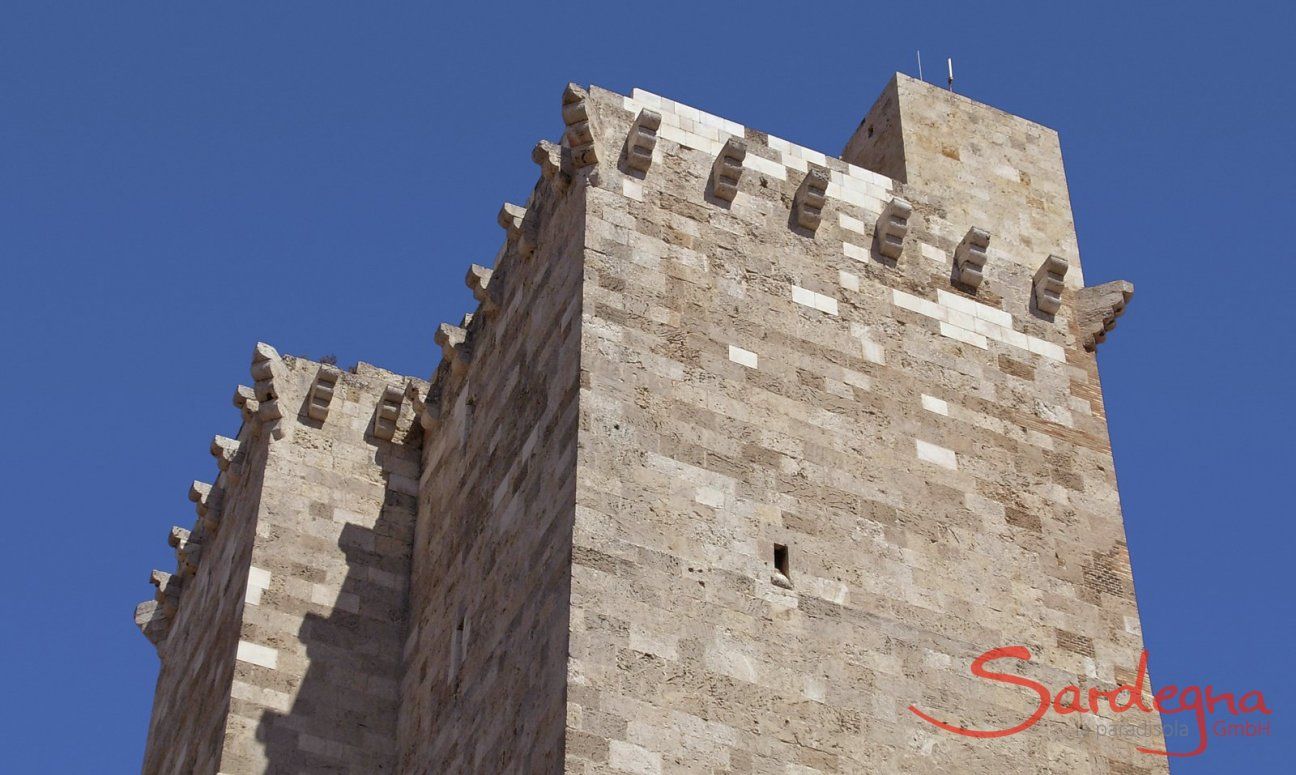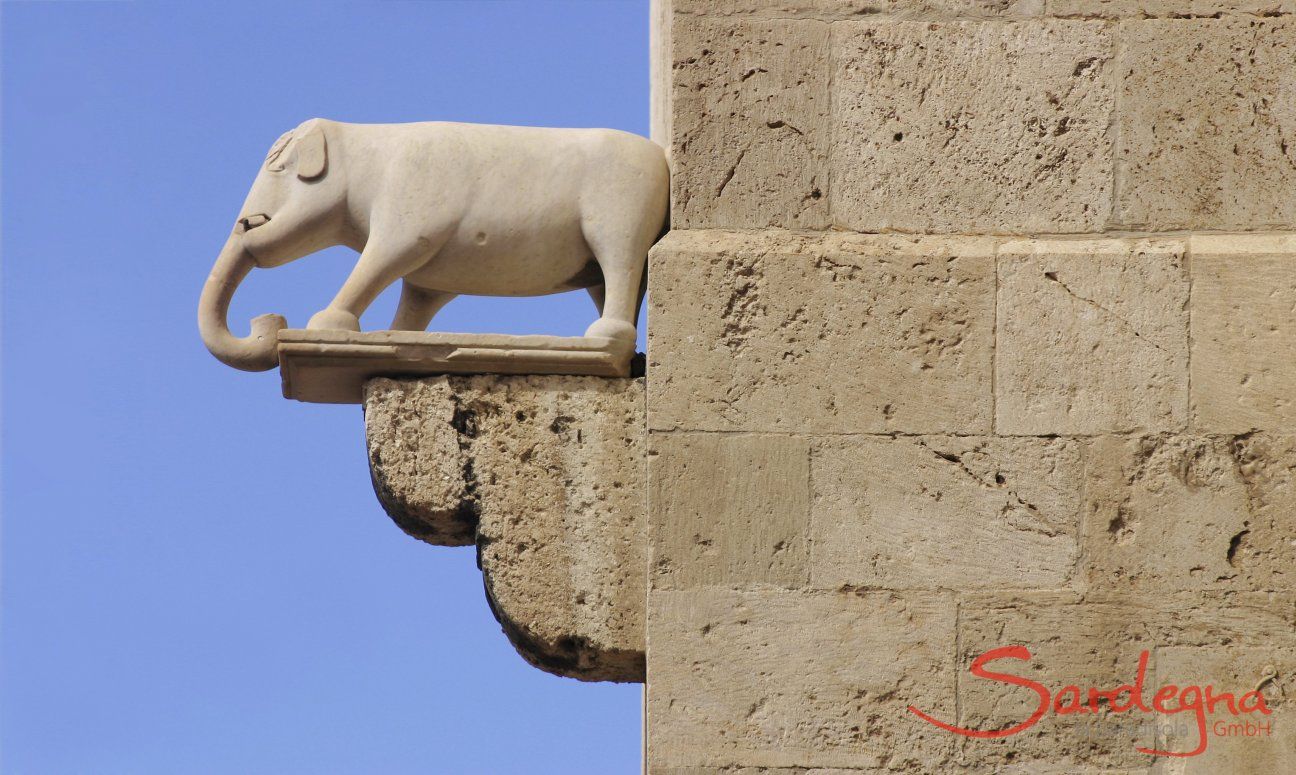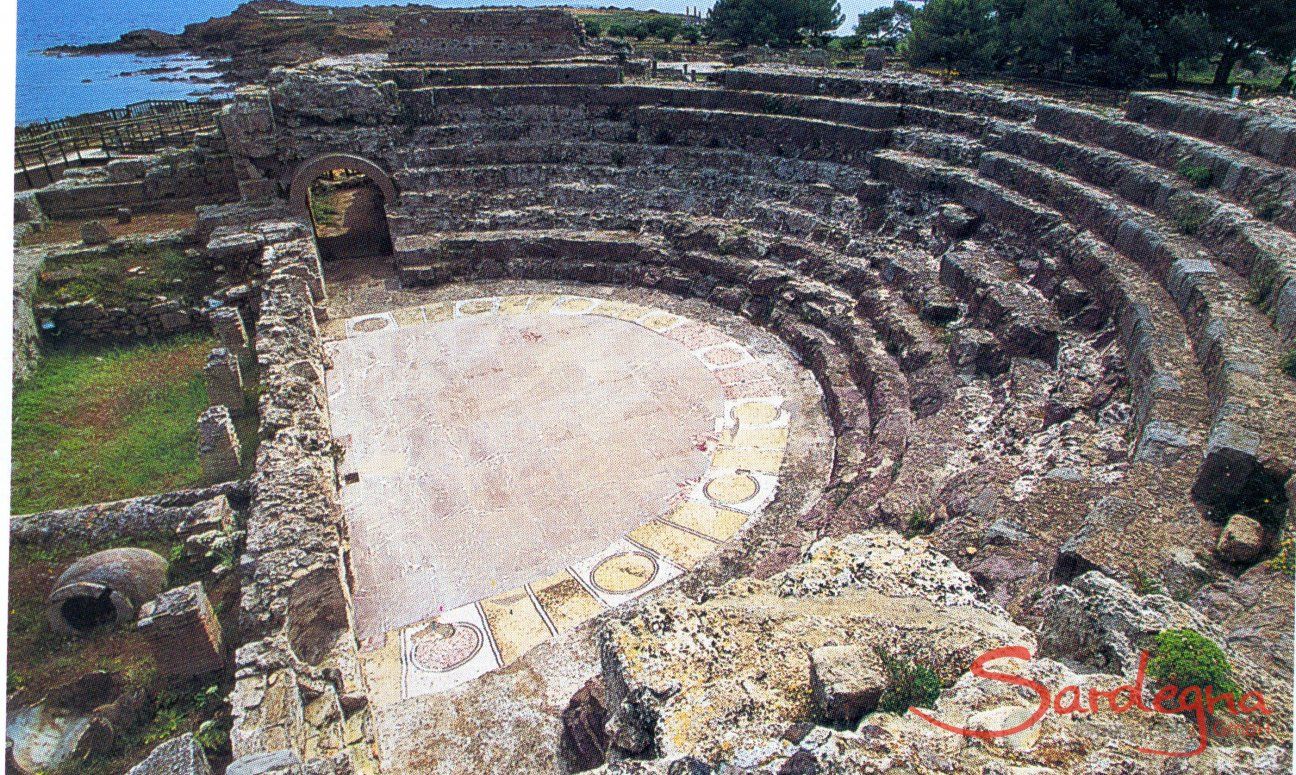
Sardinia's Past
We all love Sardinia: turquoise sea, picturesque coasts, friendly people, typical small villages. But who actually knows something about the history that left clues everywhere?
Details
We all love Sardinia, this wonder of nature. The turquoise sea, the white sands, the undisturbed countryside, the picturesque rocky coasts and the typical small villages in thecountryside with their friendly people and beloved traditions. But who actually knows something about the centuries of history that have transpired on this island? Even if the visitor encounters the history of the island everywhere he goes, bearing witness to the highly eventful past, only little is familiar.
The Phonecians already settled the land in the 9th Century, and the two mighty pillars that stand above the Gulf of Oristano in Tharros are a testament to their presence. Tharros, a port in the strategic area on the west coast, wast the starting point for further settlements. Among these was Kalari (the present day Cagliari) as well as Nora and Sulki. Soon the island was an important transfer point for trade in the Mediterranean region. The impressive culture of the Nuragi with their fortresses, towers and stone menhirs, dates back to these early times. The island also pleased the Carthaginians: the remains of the temple from Antas offersan idea of the beauty of ancient architecture. The Romans finally dedicated themselves to extracting the rich mineral resources and sent their prisoners to the mines. Among them was Pope Pontianus, who was banished to Sardinia in the year 235. Later, the island was claimed by the Byzantines and Arabs. The so-called “Giudicati di Sardinia” (provinces of Sardinia) were founded, among which is Cagliari with the same name as the capital, today known as the “city of white towers". A beautiful example of this is pictured here in the Elephant Tower. After the island was possessed by Pisa, Aragon and Spain, it finally became the independent kingdom of Sardiniain 1718. To explore the diverse evidence of an eventful past, which is left behind in the form of clues from different cultures, is an attractive undertaking. And the visitor who embarks upon it is richly rewarded. We, who have always loved the island forthe beauty of its nature, have an additional reason to do so.
The Phonecians already settled the land in the 9th Century, and the two mighty pillars that stand above the Gulf of Oristano in Tharros are a testament to their presence. Tharros, a port in the strategic area on the west coast, wast the starting point for further settlements. Among these was Kalari (the present day Cagliari) as well as Nora and Sulki. Soon the island was an important transfer point for trade in the Mediterranean region. The impressive culture of the Nuragi with their fortresses, towers and stone menhirs, dates back to these early times. The island also pleased the Carthaginians: the remains of the temple from Antas offersan idea of the beauty of ancient architecture. The Romans finally dedicated themselves to extracting the rich mineral resources and sent their prisoners to the mines. Among them was Pope Pontianus, who was banished to Sardinia in the year 235. Later, the island was claimed by the Byzantines and Arabs. The so-called “Giudicati di Sardinia” (provinces of Sardinia) were founded, among which is Cagliari with the same name as the capital, today known as the “city of white towers". A beautiful example of this is pictured here in the Elephant Tower. After the island was possessed by Pisa, Aragon and Spain, it finally became the independent kingdom of Sardiniain 1718. To explore the diverse evidence of an eventful past, which is left behind in the form of clues from different cultures, is an attractive undertaking. And the visitor who embarks upon it is richly rewarded. We, who have always loved the island forthe beauty of its nature, have an additional reason to do so.



